COOPERATION AND COLLECTIVE ACTION
Cooperation &
Collective Action
Archaeological Perspectives
EDITED BY DAVID M. CARBALLO
UNIVERSITY PRESS OF COLORADO
Boulder
2013 by University Press of Colorado
Published by University Press of Colorado
5589 Arapahoe Avenue, Suite 206C
Boulder, Colorado 80303
All rights reserved
Printed in the United States of America
 The University Press of Colorado is a proud member of the Association of American University Presses.
The University Press of Colorado is a proud member of the Association of American University Presses.
The University Press of Colorado is a cooperative publishing enterprise supported, in part, by Adams State University, Colorado State University, Fort Lewis College, Metropolitan State University of Denver, Regis University, University of Colorado, University of Northern Colorado, Utah State University, and Western State Colorado University.
 This paper meets the requirements of the ANSI/NISO Z39.48-1992 (Permanence of Paper).
This paper meets the requirements of the ANSI/NISO Z39.48-1992 (Permanence of Paper).
Library of Congress Cataloging-in-Publication Data
Cooperation and collective action : archaeological perspectives / edited by David M. Carballo.
pages cm
Includes bibliographical references and index.
ISBN 978-1-60732-197-2 (hardback) ISBN 978-1-60732-208-5 (ebook) (print)
1. Commerce, Prehistoric. 2. Commerce, PrehistoricCross-cultural studies. 3. Economic
anthropology. 4. Economic anthropologyCross-cultural studies. I. Carballo, David M.,
editor of compilation.
GN799.C45C67 2012
306.3dc23
2012038942
Design by Daniel Pratt
22 21 20 19 18 17 16 15 14 13 10 9 8 7 6 5 4 3 2 1
Figures
Schematic representations of cooperation and other dimensions of group behavior
Relationship between number of potential interactions and community size
Relationship between number of types of political officials and the population of the largest organizational unit
Curvilinear relationship between scale and complexity
Scatterplot of use group population and high-level and low-level integrative facilities
Scatterplot of use group population and size of small integrative structures
Time from the establishment of the first sedentary agricultural communities to the presence of large villages
Two patterns of village growth from the establishment of the first sedentary agricultural communities to the presence of large villages
Relationship between population size and increasing complexity for collective and autocratic organization
Comparative cases discussed in text
Archaeological sites or nearby towns mentioned in text
Map of study area, centering on the Owens Valley and showing regional obsidian sources and surrounding geographic features
Density of seeds per liter of soil from house floor assemblages in the Owens Valley
Obsidian geochemical diversity in households over time in the southern Owens Valley
Distribution of microflakes of obsidian and carbon isotope ratios across two house floors
The Kolomoki site and the locations of Blocks A and D
Close-up of the pit structure in Block A
Close-up of the structure in Block D
Regional settlement patterns during the Late Gavn phase (AD 5501000)
Map of El Gavn
Western Venezuelan llanos and adjacent Andes
Rafael Gassns map of El Cedral
Area B excavation on the circumscribing oval earthwork at B12
Drawing of the southwest profile of Mound A at B12
Map of Maya area with sites mentioned in text
Flow chart of Smith and Choi patron-client simulation dynamics
Central Mexico with sites and regions discussed in text
Simplified map of central Teotihuacan
Ceremonial centers of three Late Formative sites
Tables
Three core dimensions of human social groups
Organizational thresholds of human groups
Effects of population range on population-complexity correlations
Relationship between maximal community size and scale of organizational complexity
Relationship between total population size and organizational complexity
Range of settlement population sizes in egalitarian societies
Relationship between number of administrative levels and maximal community size
Population distribution, community size, and the emergence of Big Men
The coded societies, indicating values for Collective Action Total
Relative frequencies of surface treatments in assemblages of identifiable Woodland pottery from Blocks A and D
Relative frequencies of vessel forms identified in MNV analysis of Blocks A and D
Per-period payoff structure for Smith and Chois patron-client simulation
Caste occupations in the Indian subcontinent and in West Africa
Human behavior: basic principles
Perspectives on the preindustrial past
COOPERATION AND COLLECTIVE ACTION
PART I
Theoretical Perspectives
Cultural and Evolutionary Dynamics of Cooperation in Archaeological Perspective
DAVID M. CARBALLO
Humans are excellent but strategically contingent cooperators. How we cooperate and the boundaries of our cooperative relations are two of the most important organizing principles for social groups. Not surprisingly, the cultural and evolutionary dynamics of cooperation represent a fertile topic of research in social and behavioral sciences such as anthropology, economics, political science, psychology, and sociology (self-or kin-interests despite all of the potential obstacles those interests present to group-oriented behaviors? What are the costs and benefits to individuals across the socioeconomic spectrum in participating in, or defecting from, cooperative endeavors? What suite of mechanisms for encouraging and maintaining cooperation exists within any particular society, and how does its composition evolve over time as a result of cumulative goal seeking by individuals and larger-scale environmental processes? Why does cooperation sometimes break down completely?
Archaeologists have been investigating the developmental trajectories of cooperation and competition in past societies for decades, but have tended to emphasize the latter in seeking to explain those processes underlying cultural evolution. As a result, bottom-up possibilities for group cooperation (or self-organization) have been undertheorized in favor of political models stressing top-down leadership, often invoking compliance through coercion. In the meantime, evidence from a range of disciplines has demonstrated humans effectively sustain cooperative undertakings through a number of social norms and institutions that are applicable to archaeology on multiple analytical scales, including reciprocal exchanges, monitoring the reputation of others, and the retribution or rewarding of transgression or compliance. This important axis of variability in the dynamics of past human societies has received scant attention in archaeological theory, with notable exceptions discussed later in this chapter.
A focus on the interplay between cooperation and competition in past societies necessitates multiscalar approaches that consider the complete spectrum of human behavior, from the broad evolutionary processes instigated by aggregate individual actions, to the motivations for those actions at the level of households or individuals. Such approaches combine many of the strengths of existing theoretical paradigms in archaeology while offering productive means of reconciling entrenched divides between considerations of process and agency (compare ), containing the physical correlates of past cooperation and competition, including the particular resources that were utilized through collective action and the symbols people manipulated to define themselves as cooperative or antagonistic.


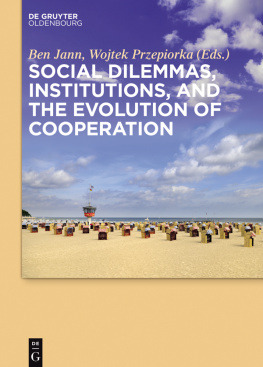

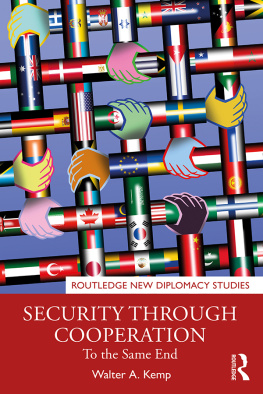
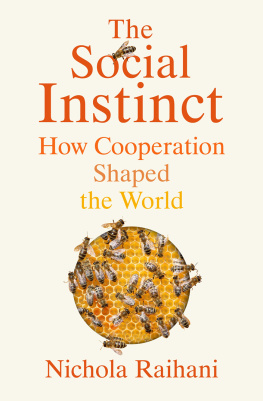
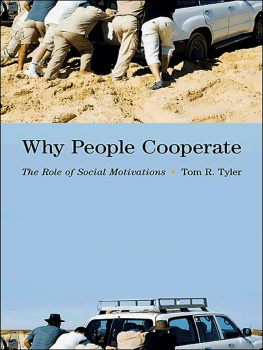
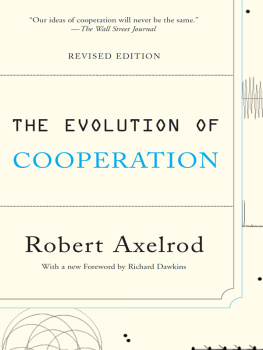
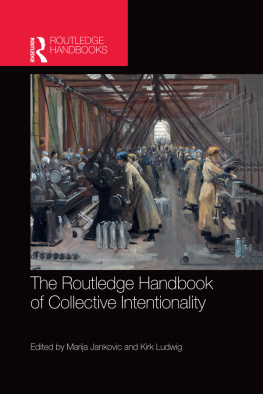
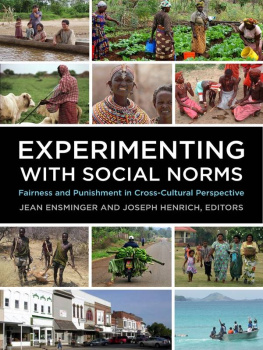
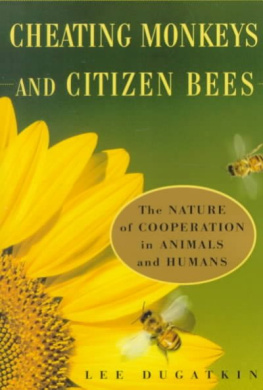
 The University Press of Colorado is a proud member of the Association of American University Presses.
The University Press of Colorado is a proud member of the Association of American University Presses. This paper meets the requirements of the ANSI/NISO Z39.48-1992 (Permanence of Paper).
This paper meets the requirements of the ANSI/NISO Z39.48-1992 (Permanence of Paper).